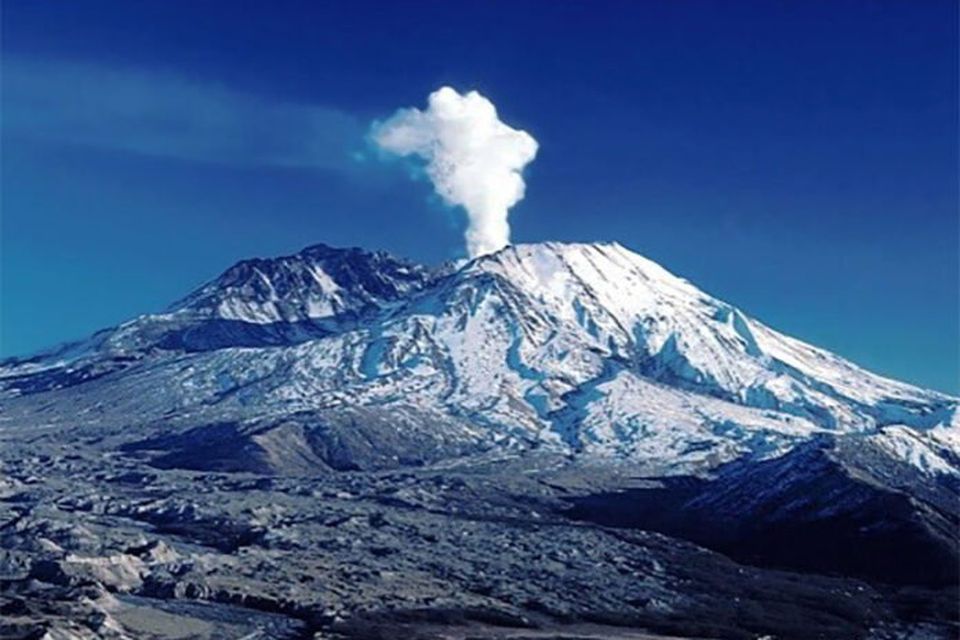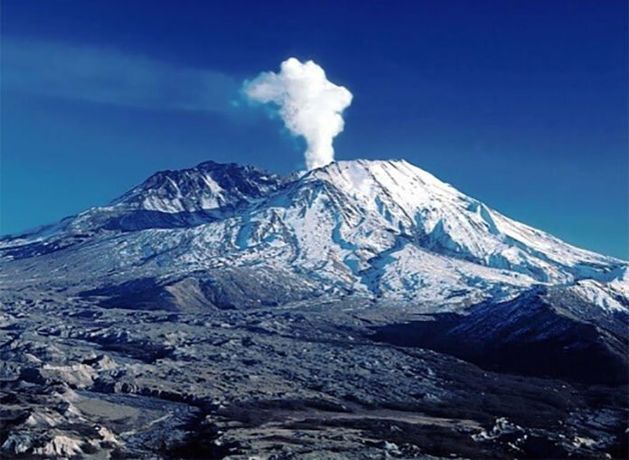Researchers say the volcano’s status should be monitored closely

Mount Taftan is between Iran and Pakistan
A volcano that lies close to the border between Iran and Pakistan may be nearing an eruption for the first time in over 700,000 years, a study has suggested.
Scientists say that the Taftan volcano, which was believed to be extinct, is showing signs of activity after hundreds of thousands of years.
A study published by Geophysical Research Letters has found that the volcano’s summit rose by 9cm between July 2023 and May 2024 and still hasn’t deflated.
Researchers said this suggests that a significant amount of gas pressure is building up below the volcano’s surface.
That pressure will “have to release somehow in the future, either violently or more quietly”, Pablo Gonzalez – the study’s senior author and a volcanologist – told Live Science.
Mr Gonzalez made reassurances that there is no risk of an imminent eruption, but said that the volcano should still be closely monitored.
“This study doesn’t aim to produce panic in people,” he told the publication. “It’s a wake-up call to the authorities in the region in Iran to designate some resources to look at this.”
Gaseous emissions were observed by locals as early as 2023. These emissions could be smelled as far as 50km from the summit.
The 13,000-foot volcano towers over a nearby group of smaller mountains formed by the Arabian ocean crust. It is the largest volcano in south-eastern Iran.
Due to Taftan’s remote location, it is difficult to monitor and provide accurate images, but doctoral student Mohammadhossein Mohammadnia worked with Mr Gonzalez to use satellite images to determine the rise of the base.
The cause of the volcano’s growth spurt is likely to be a consequence of a difference in the hydrothermal plumbing below the volcano, resulting in gas build-up or magma shifts underneath the vent, scientists said.
Researchers are continually monitoring the volcano in partnership with other experts, and the research continues.

